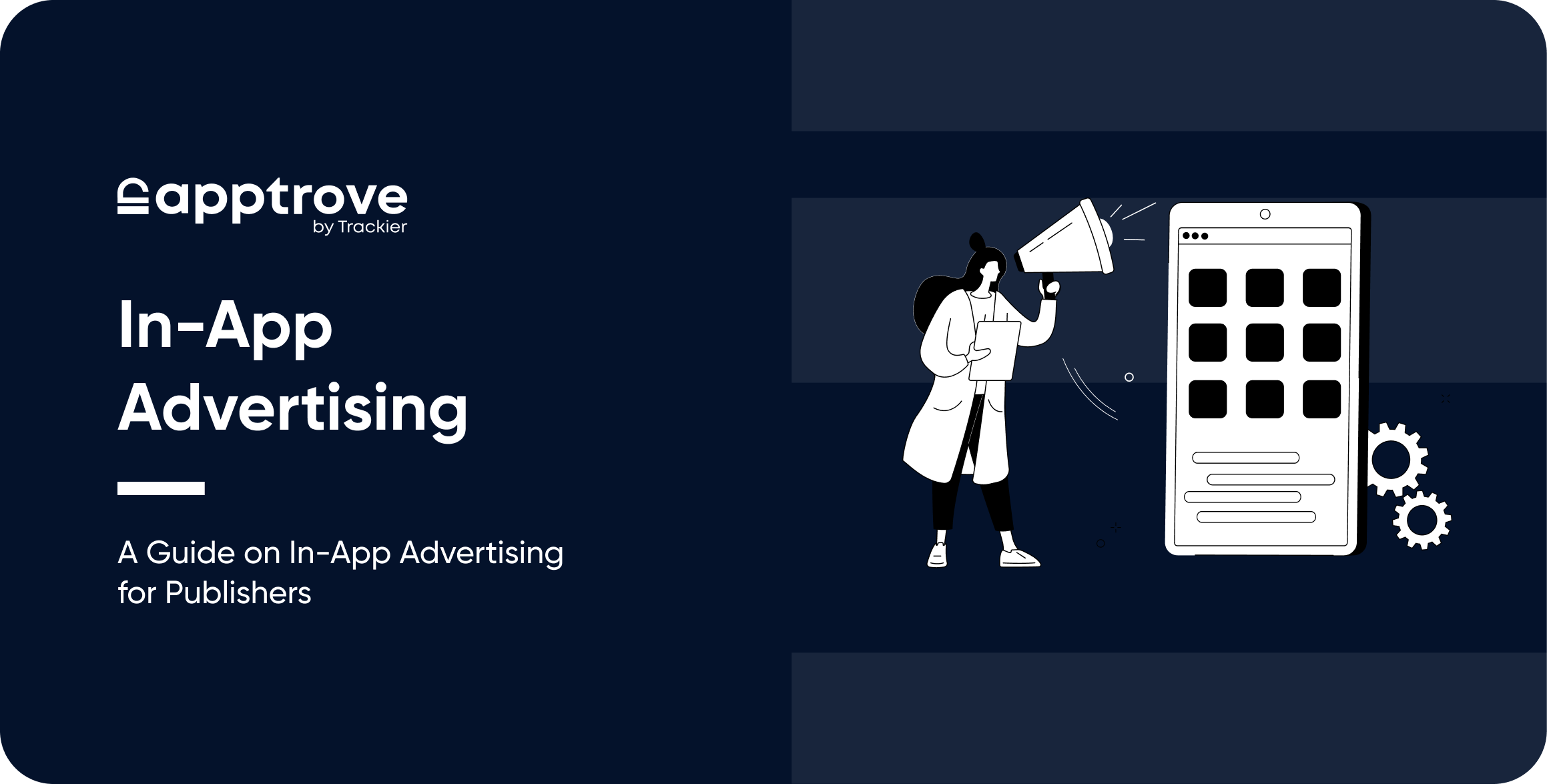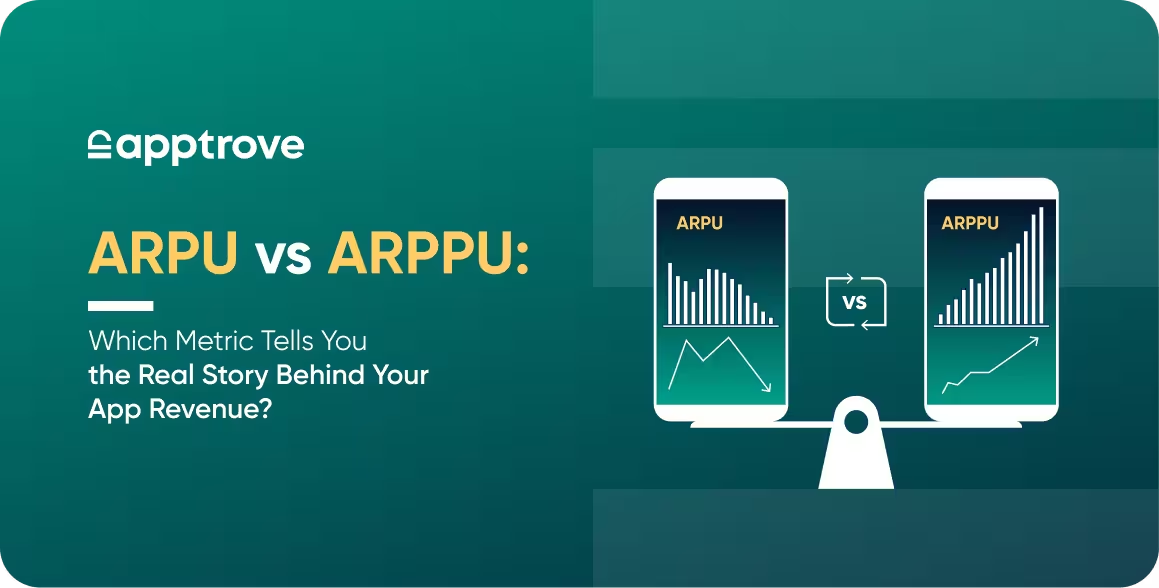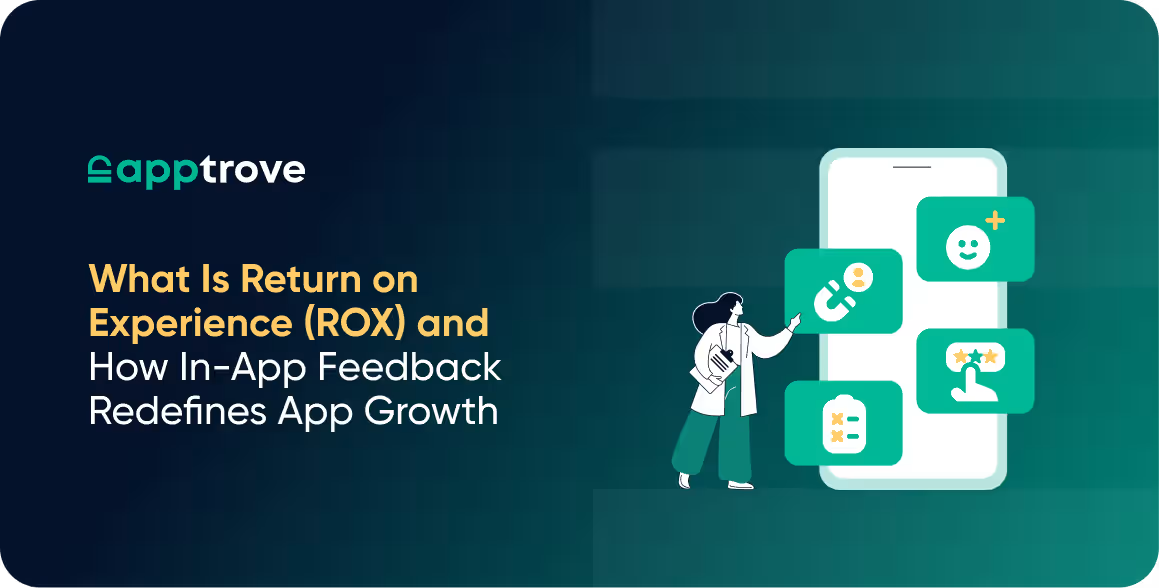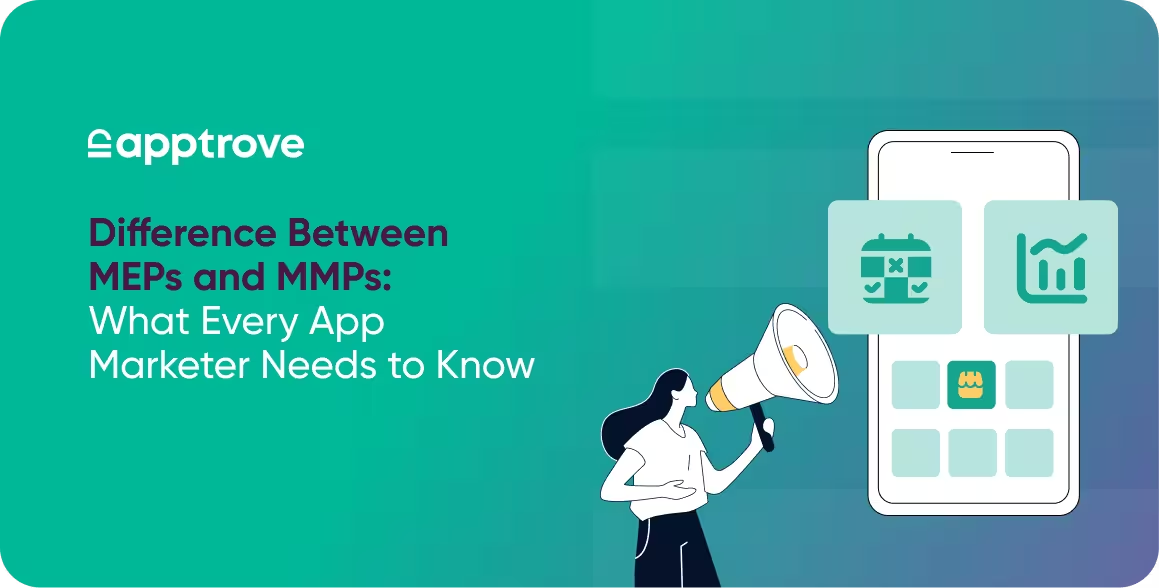In-App Ads has become an impactful tool for user acquisition and a great way of monetization from apps for any publisher. With over 7 billion mobile users today, a mobile marketing strategy has become the need of the hour.
As of 2021, global spending on mobile advertising has crossed over 340 billion US dollars, which is 40% of the total ad expenditure.
With stats like these, it has become more and more relevant for publishers to consider leveraging mobile In-app ads as a key element of their entire advertising campaigns.
The problem is that while anyone with a smartphone is somehow familiar with an in-app advertisement, even the most experienced digital marketers aren’t.
So in this blog, we will talk about the ins and outs of In-app ads, how to use them effectively, different advertising formats, and certain best practices to follow in in-app ads, all from a publisher’s perspective.
What is In-App Ads?
In-app ads is an effective marketing and monetization strategy for app developers and mobile publishers where advertisers serve ads via their apps for certain compensation.
This allows publishers to keep their apps free for their users while simultaneously generating scalable revenue and increasing downloads.
App Developers and Publishers work together through programmatic ad buying in order to serve these in-app advertisements using mobile app ad networks.
The main reason why in-app ads is beneficial is that these apps drive mobile usage and increase global media consumption. That allows mobile app publishers and agencies to use this as an efficient marketing channel.
Let’s understand how In-app ads work
- The app installed on the user’s mobile device sends a request to serve an ad to the ad network.
- These ad networks use to take various factors into account and run an algorithm to determine the best and the highest-paying ads from various advertisers and sources, such as user data, device info, etc.
- The ad is then delivered and rendered to the app on the user’s smartphone in real-time.
Most of these ads come in multiple types and formats to fit the desired viewable space. This allows developers to choose between ad types and optimize their app monetization process.

What are the Different In-App Ads Formats
The right In-app ads format makes all the difference when it comes to delivering the best content and user experience. Here is a quick look at some of the popular ad formats available:
- Native Ads
Native ads are non-intrusive, blend in with the design, mimic the appearance of the editorial content present on a website, and can be a video or textual ad in nature.
- Banner Ads
Banner Ads are simple static ads that can be either displayed at the top or bottom of an app. They are known for being highly affordable and are universally supported. Additionally, there are various banner templates available that allow for easy customization and quick creation of eye-catching ads.
- Interstitial Ads
Interstitial ad formats are full-screen banner ads that appear between different in-app events or levels of a game.
- Rich Media
Rich Media are the type of mobile in-app ads that use HTML, CSS, JS, and other image files to serve in banners and pop-ups.
- Video Ads
Native Video Ad is a great way to engage with users. It is served as a mobile video format that is skippable after a few seconds.
- Rewarded Video Ads
Rewarded Video Ads are used to attract users with offers and incentives by making them watch video ads.
- Playable Ads
Playable ads are used to provide a small demo and are gamified versions of a gaming app.
How effective are in-app advertisements?
Well, according to Statista, the most effective ad formats for in-app ads for user acquisition are Full-screen video ads with a 44% conversion rate. In-feed video ads come second with 30% conversion and playable ads at 29%. What’s interesting is that this data does not include rewarded video ads which are popular among mobile gaming apps.
Best Practices in Mobile In-app Ads
It is important for an app to attract the right audience and that can only be achieved with the right campaign in place. Campaigns can be unique, but there are some practices that can help you stand apart from the competition. Let’s take a look at some of the best practices that publishers can use to give the best experience to their users and maximize their ROI.
- Right audience
Building the right audience by matching relevant ads to the users is the most vital part of a campaign’s success. Mobile App Publishers and Advertisers need to make sure that their user acquisition efforts and in-app advertisements are attracting the right users.
- Relevant ad formats
A publisher must majorly focus on the user experience. It is important to understand which ad format connects with your audience the most and make sure it does not compromise the flow of your app.
- Prepare and Test everything
We recommend testing everything from test pricing modes to A/B testing for every creative that you use. This will help you understand the type of ads that are most effective for your app and brings the right audience.
These testing efforts are an important factor that can influence the success of your campaign and help you to optimize future campaigns.
- Do not exaggerate your efforts
Nobody likes being pestered with ads during a gaming session or even while watching a movie. It completely ruins the user experience and no matter how good your ad may be, it will never be able to get the engagement you expect from it. Try to avoid using such exaggerated tactics and use relevant ads, in the right spaces and for the right audience.
Conclusion: Should You Use In-app Ads For Your Mobile App?
Mobile App publishers should consider in-app ads as a vital advertising and revenue-generating strategy.
Although, whether an in-app advertisement is suitable for your mobile app or not, depends on certain factors such as your app developer, your business model and the vertical you are serving in, etc.
However, measurement of your user acquisition efforts via in-app ads is a must.
Having an attribution solution for your mobile app will help you measure your ROI and escape from situations where your efforts are going in vain.
Apptrove offers industry-leading attribution solutions with real-time analytics and best-in-class Anti-Fraud tool.
Get a free trial today!
FAQs
1. What are in-app ads and why are they important?
In-app ads are ads found in mobile apps. They’re important for helping app developers to monetize their apps, so the app can be maintained as a free application to the user, as well as to enable advertisers to reach highly engaged mobile audiences efficiently.
2. How do in-app ads work in mobile apps?
In-app ads operate by dispatching a request from a user’s app to an ad network, which then chooses the most applicable and most effective ad to run in real-time. The ad of choice is then presented in a seamless manner as part of the app experience.
3. What types of in-app ads formats are available?
There are multiple formats for in-app ads such as banners, interstitials, native ads, video ads, rewarded video ads, and playable ads. Each of these formats provides unique levels of engagement to assist app publishers and advertisers with balancing monetization with user experience.
4. How can publishers maximize ROI from in-app ads?
Publishers are able to increase ROI from in-app advertising by focusing on the right audience, using the correct ad formats, implementing A/B testing to optimize ads, and not overloading users with ads. Keeping user experience in mind while also offering ads that are relevant will help create a more engaged user base and ultimately grow revenue over the long term.






